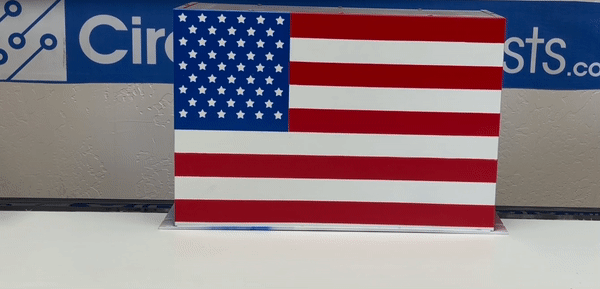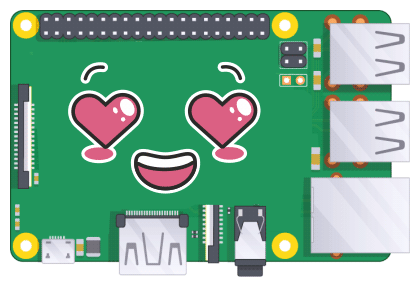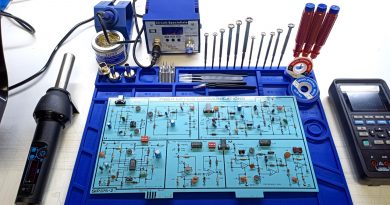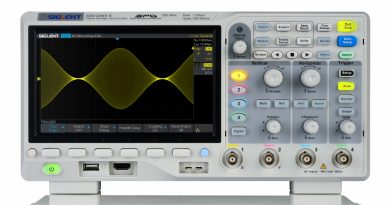Raspberry Pi Alternatives Power Source
If you are looking for Raspberry Pi Alternatives Power Source, look no further. We want to show you the importance of calculating the total power consumption of your Raspberry Pi setup. Furthermore, we will provide a power consumption formula for the most basic setup so you can have a reference point. In the end, we will provide our most popular enclosure switching power supplies that would fit your application.
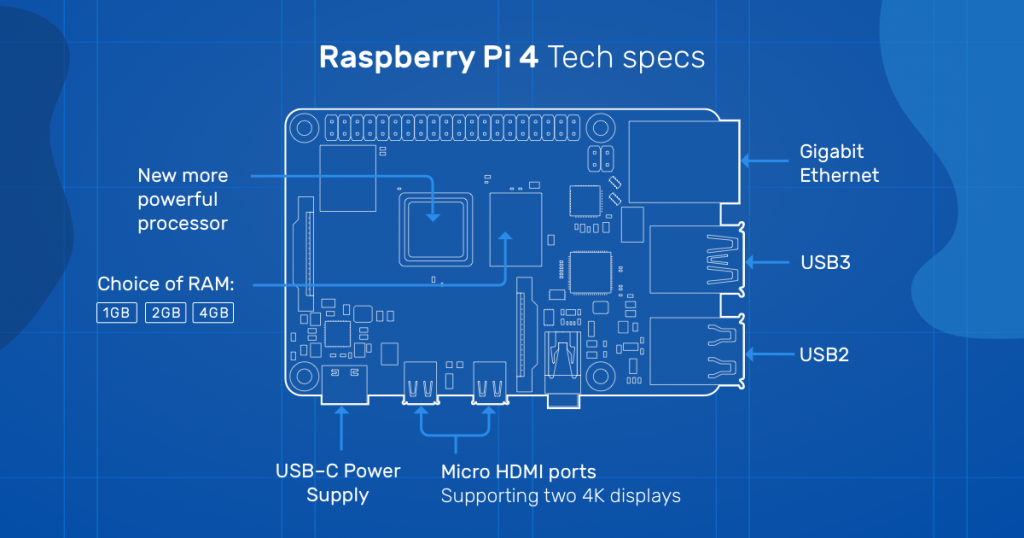
Table of Contents
- What is Raspberry Pi?
- What is a PSU?
- Why Enclosed switching power supply?
- Why are so many options?
- Conclusion
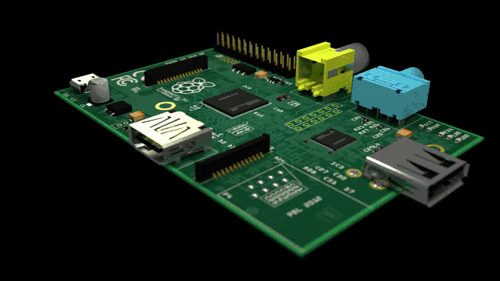
What is Raspberry Pi?
The Raspberry Pi is a tiny and affordable computer that you can use to do a while rand from fun to practical projects. Most other websites fail to mention that you might need more than just the Pi itself to start. You would also need a microSD card, A keyboard, and a mouse, A TV or computer screen, HDMI cables. The most important part of the setup is the PSU ( Power Supply Unit) because the Pi needs sufficient power to operate correctly.
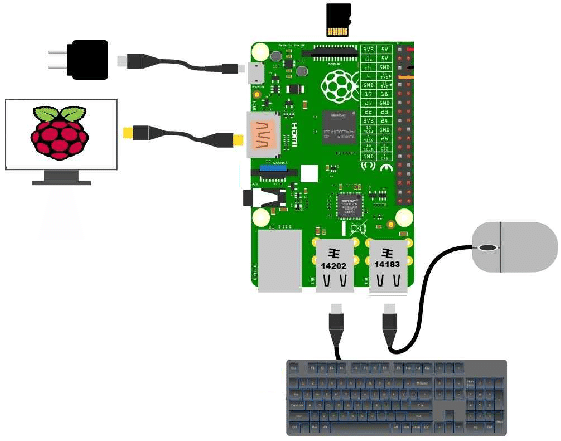
What is a PSU?
A Power Supply Unit (PSU) is responsible for providing the whole setup with sufficient power. You noticed that we sai the whole setup and not just the Pi, this is a common mistake that beginners would usually make. The official Raspberry Pi USB-C Power Supply is designed to power Raspberry Pi 4 is a 5.1V / 3.0A DC output.
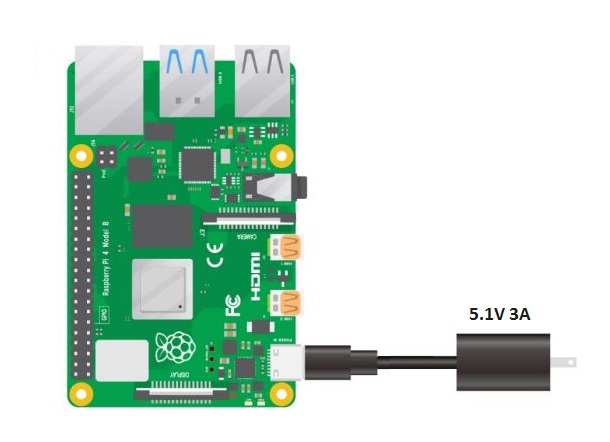
However, if you use a screen that shares power with the Pi and doesn’t have its own power input option, this could potentially be a problem. Furthermore, if you have a Bluetooth mouse and keyboard ( most likely) this is another powerful factor that needs to be considered.
Formula: Total Power Consumption = P1 + P2 +P3…
Ptotal = ( PiVoltage * PiCurrent ) + ( ScreenVoltage * ScreenCurrent ) + ( BluetoothVoltage * BluetoothCurrent ) …
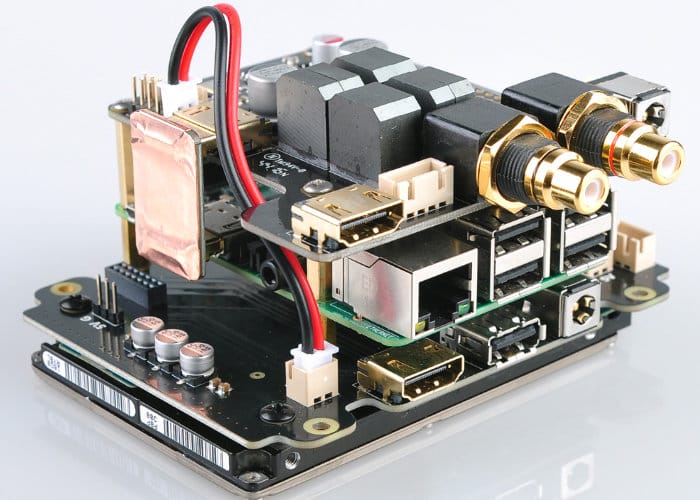
I highly recommend that you also include ( FanVoltage * FanCurrent ) because the Pi is notoriously known for overheating and ultimately shutting down. The PSU rated at 5.1V 3A might be not enough and cause the “black screen” phenomenal.
Why Enclosed switching power supply?
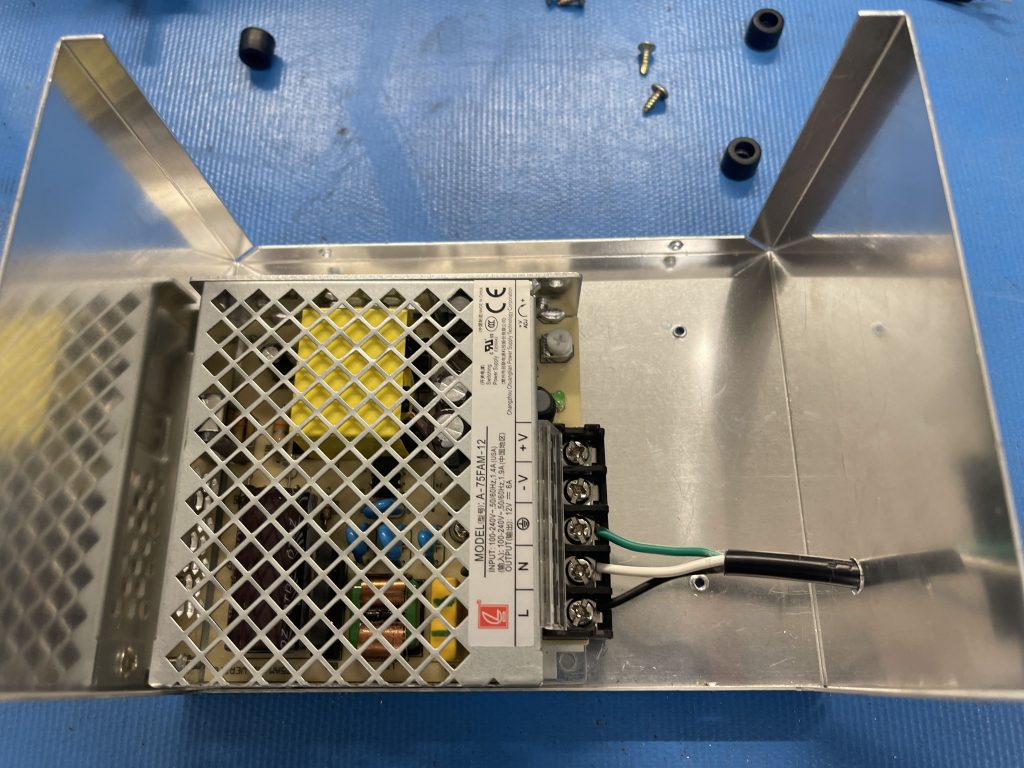
Enclosed switching power supplies make an excellent alternative to USB wall PSU because they are more reliable, have a better power rating, and are more efficient. This would be a perfect choice for any Pi project due to its lightweight and stability. The 5V Enclosed switching power supplies series would be a great place to start.
Why are so many options?
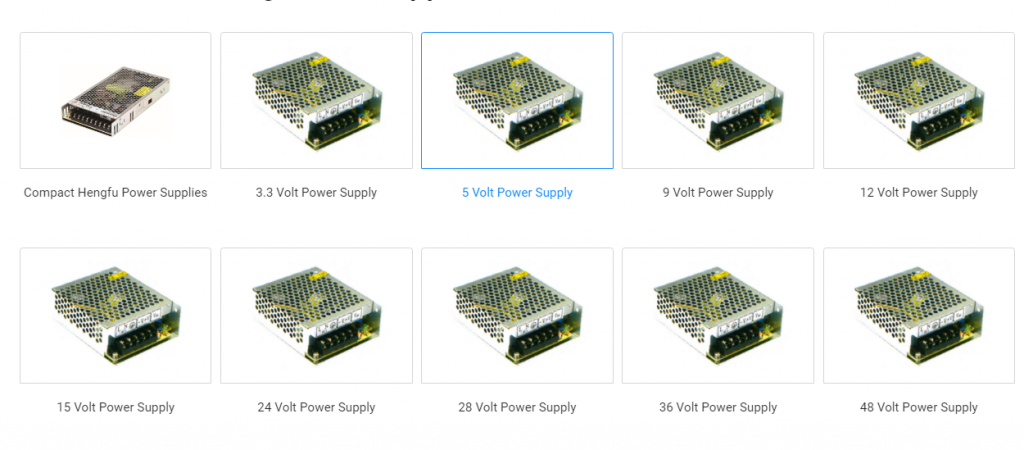
For a more complex setup, you can choose a larger voltage power supply and then divide the voltage up so it can power multiple units and cooling systems. For an instant, the Water-Cooled Raspberry Pi 4 Cluster by thediylife is a great example.

Conclusion
If you are looking for Raspberry Pi Alternatives Power Source we hope we answer your questions. The power consumption formula for the most basic setup is a good place to start any project so you don’t run out of power halfway through your project. In the end, we believe that our enclosure switching power supplies would fit your application. If you are planning to build an enclosure for your Raspberry Pi, take a look at Let’s Fourth Of July 2022 Circuit Specialists Style! for more ideas!
